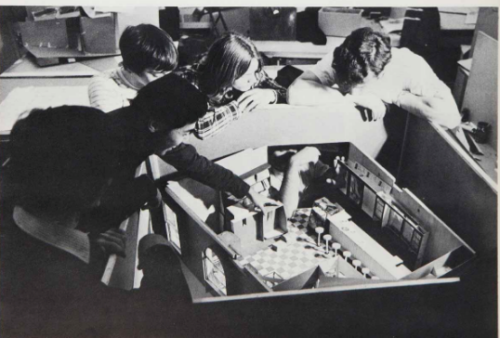
1961
The Brace Research Institute is established, thanks to a bequest from Major James Henry Brace. Brace is located at the Macdonald Campus, and aims to research desalination, and ways for large quantities of water to be brought to arid lands for food production and rural development.
The Department of Mining Engineering changes its name to Mining Engineering and Applied Geophysics.
L.C. Lu becomes the first woman to earn a Chemical Engineering graduate degree.
1964
A mezzanine floor is added to the Civil Engineering laboratory in the Macdonald Engineering Building, permitting the construction of a dedicated laboratory for Sanitary Engineering. This is the predecessor of the Environmental Engineering Lab.
1967
McGill alumnus Robert Shaw is widely acknowledged as the man behind the realisation of Montreal Mayor Jean Drapeau’s vision for Expo ’67, the world’s fair in Montreal.
1968
With its four new floors built the previous year, the McConnell Engineering Building is officially re-opened. To inaugurate the new Computer Centre, the word “OPEN” is spelled on a teletype machine linked to the computer on the fourth floor.
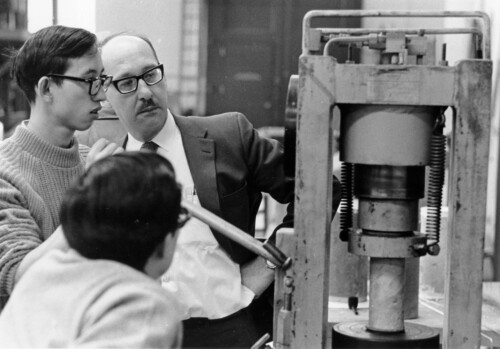
1969
The opening of Quebec’s post-secondary community colleges, the CEGEPs (Collèges d’enseignement général et professionnel), necessitates the revamping of all the Faculty’s programs. Because CEGEPs provide for two years of free pre-university or three years of vocational training, the needs of incoming students from Quebec change significantly.
The School of Computer Science is established to grant graduate degrees. In 1997 the school would move to the Faculty of Science.
Undergraduates gain the right of representation at Faculty meetings. Along with the EUS President and EUS Chair of the Educational Committee (now known as the Academic Committee), each academic unit is allowed to send a representative. In 1970 graduate students also gain the right of representation.
1970
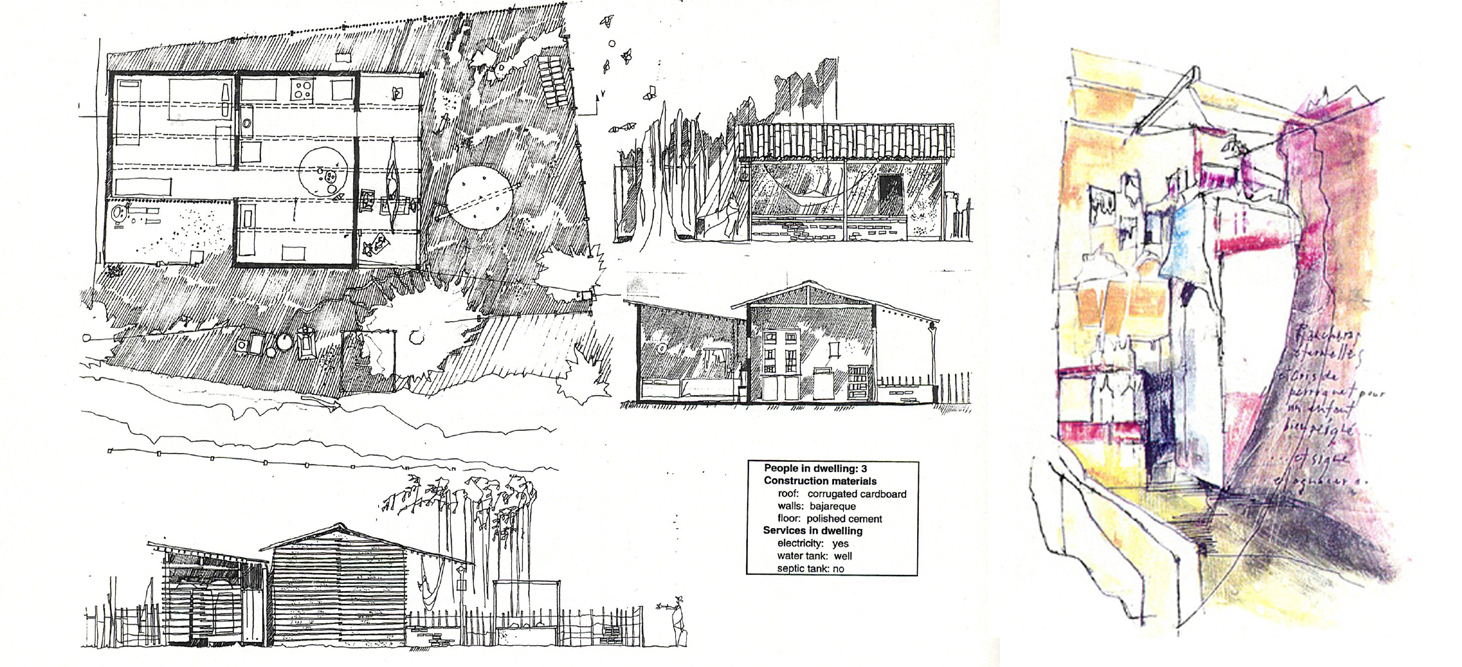
Alumnus and professor, Alvaro Ortega, establishes the Minimum Cost Housing Program to study and research housing conditions in developing countries. The Program is assisted by the Canada Mortgage and Housing Cooperation.
1973
The School of Urban Planning hires the Faculty’s first ever female professor – Jeanne Wolfe, MA’61. A decade would pass before the Faculty would hire the second: Sue Whitesides in Computer Science. These pioneers would be followed in the 1990s by Annmarie Adams, BA’81, in Architecture, Laurie Hendren in Computer Science, Jana Simandl, BEng’82, in Chemical Engineering, Ghyslaine McClure in Civil Engineering, and Hanna Michalska in Electrical Engineering.
1974
The Department of Chemical Engineering graduates its first female PhD: Thi Huong Nguyen-Doan, MEng’70.
1975
Judy Pharo is hired to fill the newly created position of Student Advisor in the Dean’s office. She would later go on to become Associate Director of the McGill Engineering Student Centre when it forms in 2007.
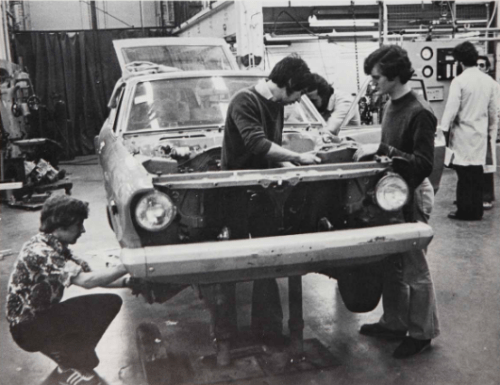
1978
The Computer Engineering Option (BEng Electrical) is introduced. Additionally, the Minor in Computer Science makes its debut even though there was still no undergraduate program dedicated to Computer Science.
Jules Stachiewicz, professor of Mechanical Engineering from 1950 and Chair of the Department from 1972 until his death in 1976, is honoured posthumously with the first Canadian Heat Transfer Medal. Subsequently renamed in his honour, the Jules Stachiewicz Medal is given in alternate years by the Canadian Society for Chemical Engineering and the Canadian Society for Mechanical Engineering in recognition of outstanding achievements by a person working in Canada in the field of heat transfer.
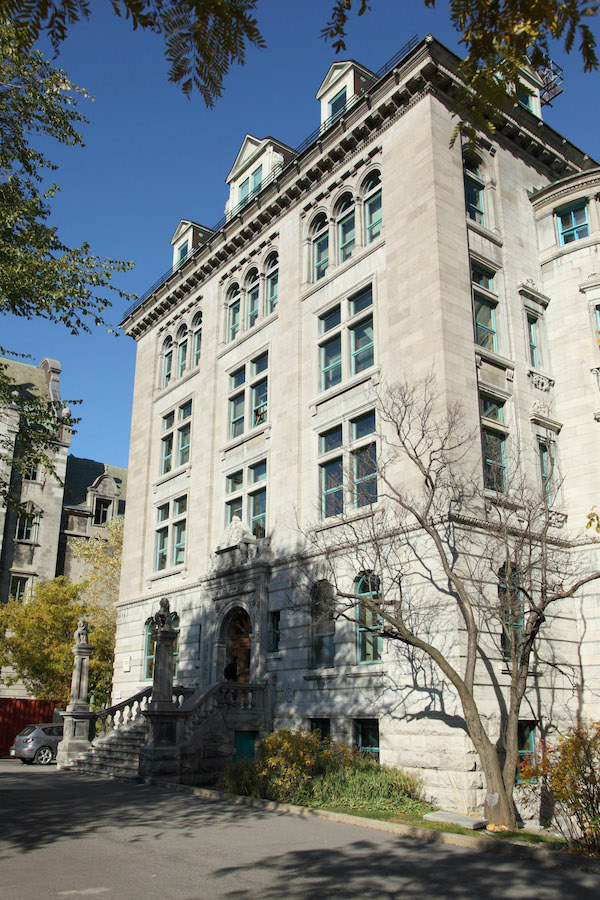
The Macdonald Chemistry and Mining Building is renamed the Macdonald-Harrington Building in honour of Bernard James Harrington, who taught Chemistry there from 1847 to 1907. He had helped plan the original structure with the building’s donor, Sir William Macdonald.
